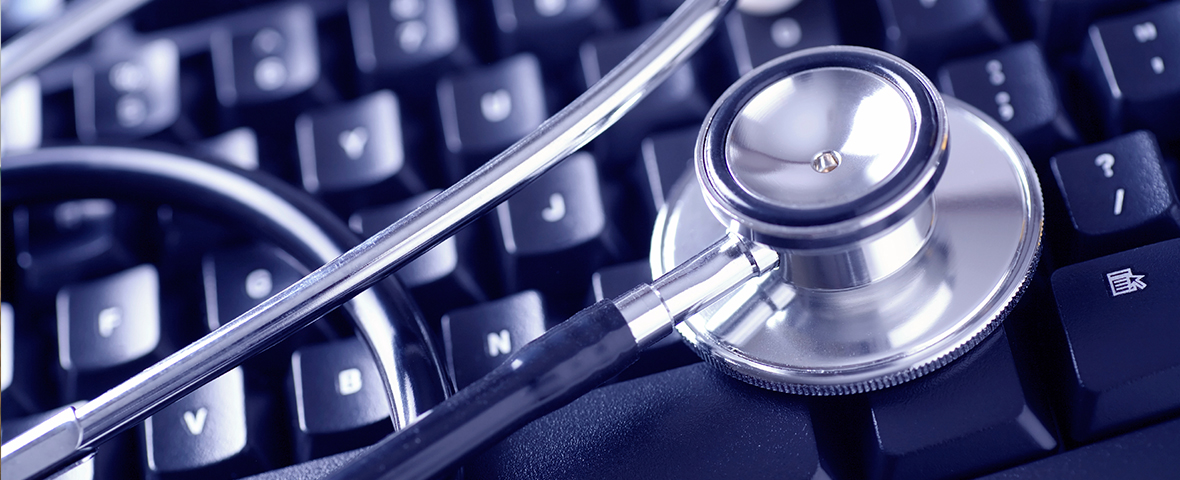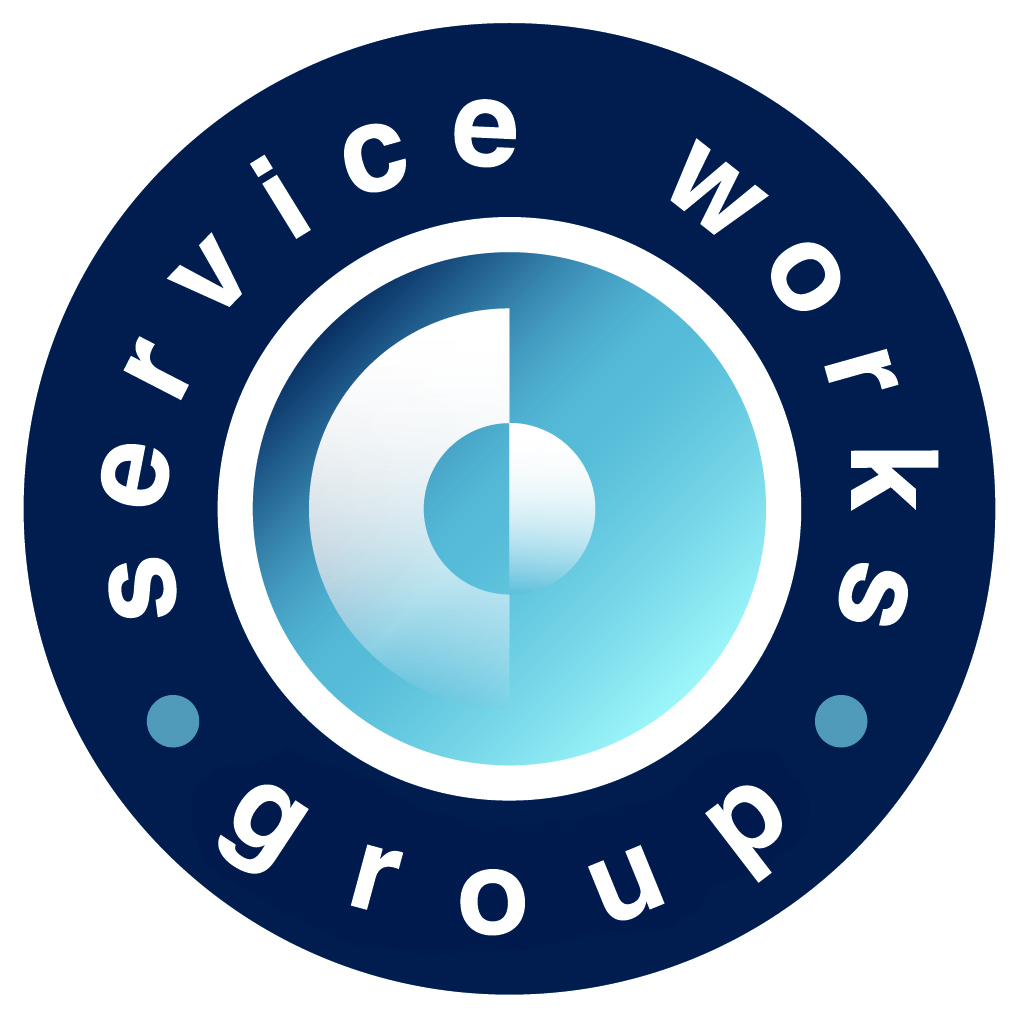Hospitals may seem an unlikely place for innovation in facilities management, however in the challenging hospital environment, technological innovation through intelligent facilities management software is becoming a necessity in order to meet patient care levels, stringent KPIs and tightening budgets.
A CAFM (Computer-Aided Facilities Management) system would traditionally be used by hospitals to manage and schedule reactive and planned preventative maintenance tasks, ensuring that work requests and repairs took place in a timely and economical manner. However, many establishments are now pushing the boundaries and unleashing the potential of their systems, transforming the performance of staff and improving the level of patient care across the organisation as a whole.
Integration with other systems
Large organisations like hospitals can benefit greatly from integrating their FM software with other applications, bringing huge efficiencies and cost savings. When systems are disparate, reporting can be very time consuming, potentially resulting in errors because data is not centralised. By linking them with FM software, they can work together, tasks can be automated and actions across the organisation can be more easily prioritised.
One of Australia’s newest, largest and most technologically advanced hospitals is due to open soon. In it, Service Works’ QFM facilities management software has been integrated with other specialised applications to create a best-of-breed technology solution which can be easily managed through their FM help desk.
Services integrated with FM software include:
- Nurse Call – a self-service system in rooms where patients can request services like cleaning, which is then scheduled using QFM
- Meal Management system – to enable the service provider to meet food safety requirements and take meal orders from patients. The connection to QFM software ensures that the correct meal is delivered to the right location in the building
- Patient administration – patient information integrated with QFM allows requests to be linked to patient moves such as cleaning, porterage and equipment
As the help desk is able to co-ordinate with many other systems, time spent by clinical staff on reporting and follow up of requests will be eliminated, allowing them to maximise their time providing patient care.
Efficiency through ease of use
In addition to software used by the FM team, hospitals are also increasingly using self-service functionality. For example, using QFM, any visitor can use a designated public computer or kiosk to request a job, without needing to log in or even be familiar with the location in order to describe where the problem is. Service Works’ QFM software has a simple interface, and can be configured to make the user journey as easy as possible – including pre-populated lists of services, automatic addition of the kiosk’s location to the job request, and the user can choose to receive a confirmation email and update when the job is completed. This feature is also an easy way for members of the public to report lost property, which is then managed within the system. Colour coding can be used to identify how long the lost property has been with the hospital for, and can manage details of those who have reported lost possessions that have not yet been handed in, ready to be flagged when a match is found. By providing simple screens in busy areas, issues like spillages, broken equipment and exhausted supplies are more likely to be reported and can be more easily addressed by the hospital, increasing the efficiency of their FM services.
Teamwork and communication
Another Service Works’ hospital client in Canada had a challenging case for its FM team, which was accordingly met with an innovative approach. With 20% of the new hospital’s patient rooms being specialist infection control rooms, exacting standards had to be met in line with SLAs in order to meet the contract and KPIs for each cleaning request; all of which need to be completed to the right timescale and priority.
To achieve this, a totally paperless system was introduced with iPads running QFM Software. Housekeepers’ uniforms were modified so that a mobile device could fit in their pockets, and iPads attached to maintenance trolleys, to allow QFM to become the operators’ main communications device. As a result, once a bed or a room becomes vacant, the nurses can log a call to the helpdesk which is then dispatched to the housekeepers through the device. Priority tasks and completion times are determined by a strict set of preloaded KPIs, so that the housekeeper knows exactly what they have to do and exactly how long they have to do it through a work ticket, which is automatically started and stopped on a timer. In this particular hospital, an emergency reactive clean must be responded to within 10 minutes and completed within the hour. Similarly, for an urgent call, the operative must be on site in 20 minutes and have the job completed in 60 minutes and routine cleaning tasks must be completed within 24 hours. In this way high volumes of cleaning calls can be managed efficiently, saving time and money and improving the service for the patient.
To find out more about how FM software can make a difference to your organisation, contact us on 020 8877 4080 or see some of our client case studies here.






